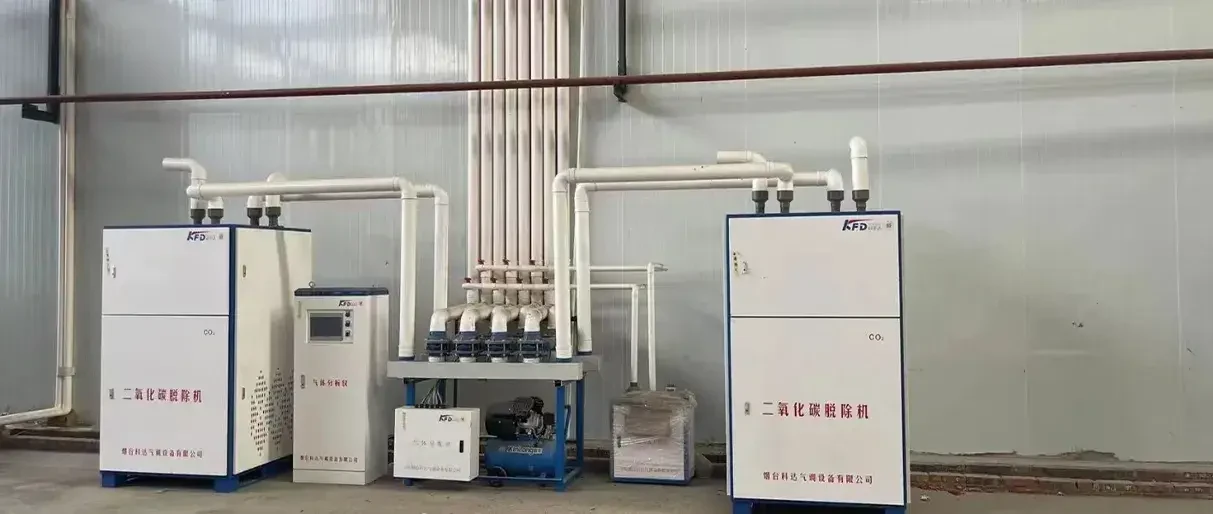industrial chiller specifications manufacturer
Understanding Industrial Chiller Specifications
In industries where temperature regulation is critical, industrial chillers play a pivotal role in maintaining operational efficiency. Whether you're in the food processing, chemical manufacturing, or pharmaceutical industry, understanding chiller specifications is essential. This article will explore the key specifications of industrial chillers, providing insights into what to consider when selecting a chiller for your operation.
1. Cooling Capacity
The cooling capacity of an industrial chiller is measured in tons or kilowatts (kW). This specification indicates the amount of heat that the chiller can remove from the process fluid within a specific timeframe. When choosing a chiller, it’s crucial to assess the total thermal load of your application. An undersized chiller will struggle to maintain desired temperatures and could lead to equipment failure, while an oversized unit may result in increased energy costs and inefficiencies.
2. Refrigerant Type
The type of refrigerant used in chillers can significantly impact both environmental sustainability and operational costs. Traditional refrigerants like R-22 have been phased out due to their high ozone depletion potential. Newer alternatives, such as hydrofluorocarbons (HFCs) or natural refrigerants like ammonia and CO2, offer better environmental profiles. It’s essential to choose a chiller that uses a refrigerant compliant with current regulations and aligns with your company’s sustainability goals.
3. Circulation Pump and Flow Rate
The circulation pump is responsible for moving the coolant through the system. The specifications of the pump, including its flow rate, must align with the chiller's cooling capacity to ensure efficient operation. A proper balance between the pump and the chiller helps avoid issues such as insufficient cooling or hydraulic inefficiencies. Understanding the required flow rate is vital, as it affects both performance and energy consumption.
industrial chiller specifications manufacturer

4. Operational Efficiency
Energy efficiency is a crucial consideration, especially for facilities aiming to reduce operational costs. Look for chillers with a high coefficient of performance (COP) or energy efficiency ratio (EER). These metrics indicate how effectively the chiller converts electrical energy into cooling energy. Opting for energy-efficient models not only lowers long-term costs but also contributes to reducing your facility’s carbon footprint.
5. Control Systems
Modern industrial chillers come equipped with sophisticated control systems that allow for precise temperature regulation and monitoring. Advanced features like touch-screen interfaces, remote access, and integration with building management systems can greatly enhance operational efficiency. Consider chillers with smart technology capabilities, as they enable real-time data analysis and performance tracking.
6. Maintenance Requirements
Understanding the maintenance needs of a chiller is crucial for ensuring longevity and reliability. Regular maintenance protocols include checking refrigerant levels, cleaning filters, and inspecting components for wear. Manufacturers often provide maintenance schedules and recommended service practices, which should be closely followed to mitigate the risk of unexpected downtime.
Conclusion
Selecting the right industrial chiller requires a comprehensive understanding of its specifications. From cooling capacity and refrigerant types to operational efficiency and maintenance needs, careful consideration of these factors will help ensure optimal performance and reliability. By making informed decisions, industries can maintain effective temperature controls while achieving sustainability and cost-effectiveness in their operations.






